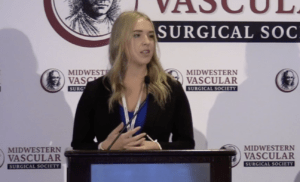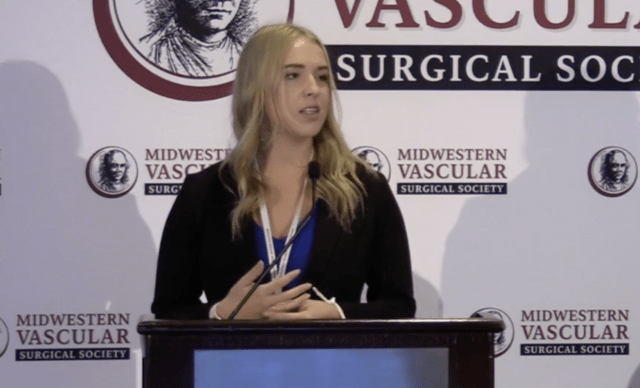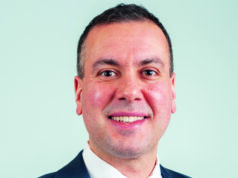
Patients reported they mostly felt their provider was adequate in terms of engaging in shared decision-making during asymptomatic vascular consults, according to a qualitative analysis carried out at the University of Iowa in Iowa City. Furthermore, vascular surgery compared favorably to other specialties across several aspects of interaction, researchers responsible for the study discovered.
Nevertheless, data obtained from recorded and transcribed consults, along with SDM-Q-9 (The 9-item Shared Decision Making Questionnaire) surveys completed by patients, demonstrated that doctor-patient dialogue was “still largely physician-centered and one of the things we really focused on was checking for understanding in these conversations: Although it was variable, it was still relatively low compared to how often we used formalized terminology, where it’s more important to check for understanding,” first author Abbygale M. Willging, BS, a medical student from the University of Iowa Carver College of Medicine, revealed. She was reporting the study data before the 2021 Midwestern Vascular Surgical Society (MVSS) annual meeting held in Chicago (Sept. 9–11).
Willging pointed out that the doctors analyzed in the study—participants consisted of five vascular surgeons alongside eight patients with asymptomatic aortic aneurysms or carotid stenosis—asked “far more” closed- than open-ended questions. “The amount of time our doctors took for understanding was highly variable from one time in the consult up to 14 times,” Willging said.
The data gathered showed the physicians spent an average of 19 minutes and 46 seconds on each patient and 10 minutes and 49 seconds talking to the patient; they used formalized language about 8.5 times an encounter; checked for understanding only 5.25 times; and asked more closed- than open-ended questions (11.13 vs. 4.625). The researchers also found that providers accounted for 46% of total utterances and interrupted patients an average of 5.5 times per encounter. Patients and their companions asked an average of 10.6 clarification questions, they reported. The average SDM-Q-9 Likert score per patient was 2.79 on a range of -3 to +3, the data showed—with positive numbers indicating agreement and negatives dissent. On average, patients strongly (+2) or completely (+3) agreed that the doctors covered the nine criteria set out in the questionnaire, Willging and colleagues demonstrated.
The study aimed to address how patients and physicians perceive their roles as medicine has shifted away from a paternalistic model of care toward one of shared decision-making, with hopes of using the findings to inform improvements to practice. “With these data, we found two significant correlations—one being the number of closed-ended questions asked by the physician with the number of verification questions asked by the patient,” Willging told MVSS 2021 attendees. “We also found there was a negative correlation with the number of emotional cues, and the amount of times the physician responded positively to those cues—previous research suggests those patients feel the need to repeat themselves when those emotions are not addressed adequately the first time.”
Comparing the vascular consults to results found in similar studies conducted in other specialties, Willging said the research established the vascular surgeons analyzed spent more time with patients in their consults, had a lower prevalence of closed- vs. open-ended questions and responded positively to emotional cues more frequently. However, she acknowledged the sample size and low emotional content “might not be completely generalizable, and none of our physicians responded positively to emotions 100% of the time.”













